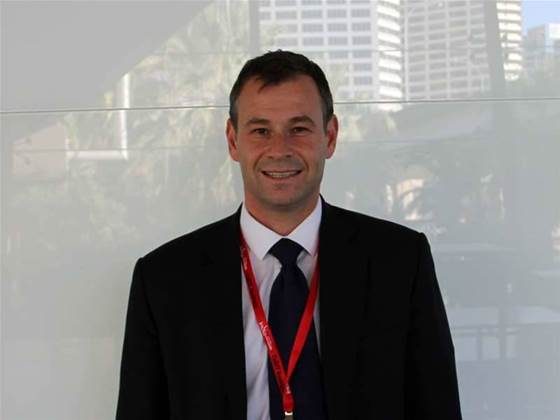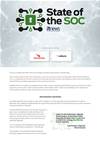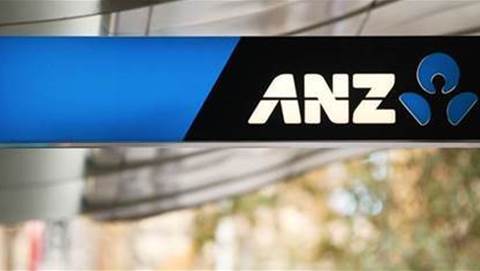The federal Treasury department is working to overhaul its approach to enterprise resource planning by replacing the mix of individual systems it currently uses with one holistic ERP solution.

Late last month the agency went to market to find a "long-term" ERP vendor partner to provide it a hosted, commercial-off-the-shelf solution as well as ongoing technical and end-user support for the platform.
Treasury currently supports a number of different systems for finance, human resources, asset management, CRM and others.
It uses SAP for finance, Aurion for HR, iCMS for expense management, Microsoft Dynamics for CRM, and integrates each platform with Cognos TM1, CIO Peter Alexander told iTnews.
He's looking for one hosted and managed ERP platform to consolidate and replace these individual systems.
The agency has asked for pitches from software-as-a-service ERP vendors that can host the platform on their own or a partner's Australian infrastructure.
Treasury has asked systems integrators not to apply - it's only looking at partnering with a software vendor or a service provider.
"It's because we want a true cloud-based service. Service providers can bid, but what we are trying to avoid is a situation where they say 'buy an ERP license and we'll implement it for you, then we'll have another contract to support you and run it'," Alexander said.
"So we end up with two contracts. We want software-as-a-service and we want to buy it with one contract. We don't want to buy the software."
Treasury expects to award a three-year contract to a successful bidder in late May, which will offer two potential one-year extensions.
The contract with cover supply and install of a COTS ERP, migration of data from existing systems, staff training, ongoing support, and onboarding of future partner agencies.
Alexander has given himself a very short deadline - the new platform is scheduled to be up and running in January next year, giving the agency only six months from the contract appointment to go-live.
Data migration is likely to take up bulk of that window - around three months - but Alexander expects that the pre-packaged nature of the chosen software-as-a-service solution will significantly cut down the implementation time.
Similarly, a stated priority for improved usability should reduce the amount of time needed for staff training, Alexander said.
"We think the product we choose is going to be more intuitive than the ones we're using right now," he said.
"We barely do training any more because almost everything we implement is intuitive and easy to use."
His plan is to take up every business process in the new ERP.
"We'll take the process the product comes with unless there's a good reason not to," he said.
Implementation is planned to follow a staggered approach, with finance first off the rank and HR likely to follow second.
Shared services
Treasury is keen to position itself as a service provider to other small-to-medium sized agencies, and has already inked a deal with the Australian Bureau of Statistics to share the new ERP.
In line with the Government's 2014 Commision of Audit, the agency expects to later make the platform available to other similarly-sized agencies under a shared services arrangement.
The Commission of Audit recommended the Government implement a shared services model to improve the efficiency of corporate services, singling out finance and procurement functions as early priorities.
State governments have traditionally been keen users of shared services but the model has never been widely used federally.
Alexander said alongside the ABS, a further five agencies had signalled their interest in jumping aboard the project.


.png&h=140&w=231&c=1&s=0)

.png&h=140&w=231&c=1&s=0)





 Digital As Usual Cybersecurity Roadshow: Brisbane edition
Digital As Usual Cybersecurity Roadshow: Brisbane edition
 iTnews Benchmark Security Awards 2025
iTnews Benchmark Security Awards 2025
 Digital Leadership Day Federal
Digital Leadership Day Federal
 Government Cyber Security Showcase Federal
Government Cyber Security Showcase Federal
 Government Innovation Showcase Federal
Government Innovation Showcase Federal




.jpg&h=271&w=480&c=1&s=1)






.jpg&h=140&w=231&c=1&s=0)



